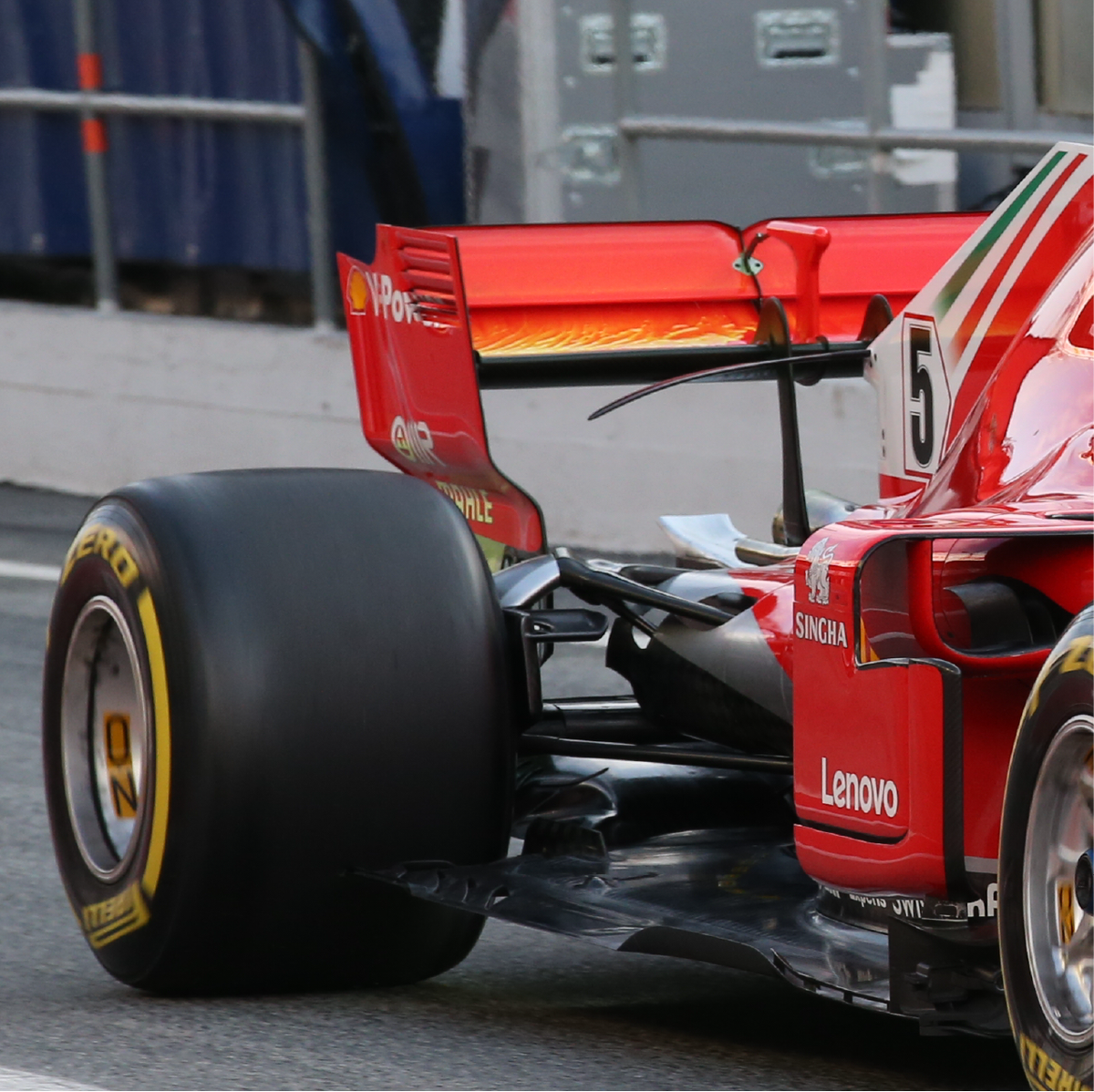
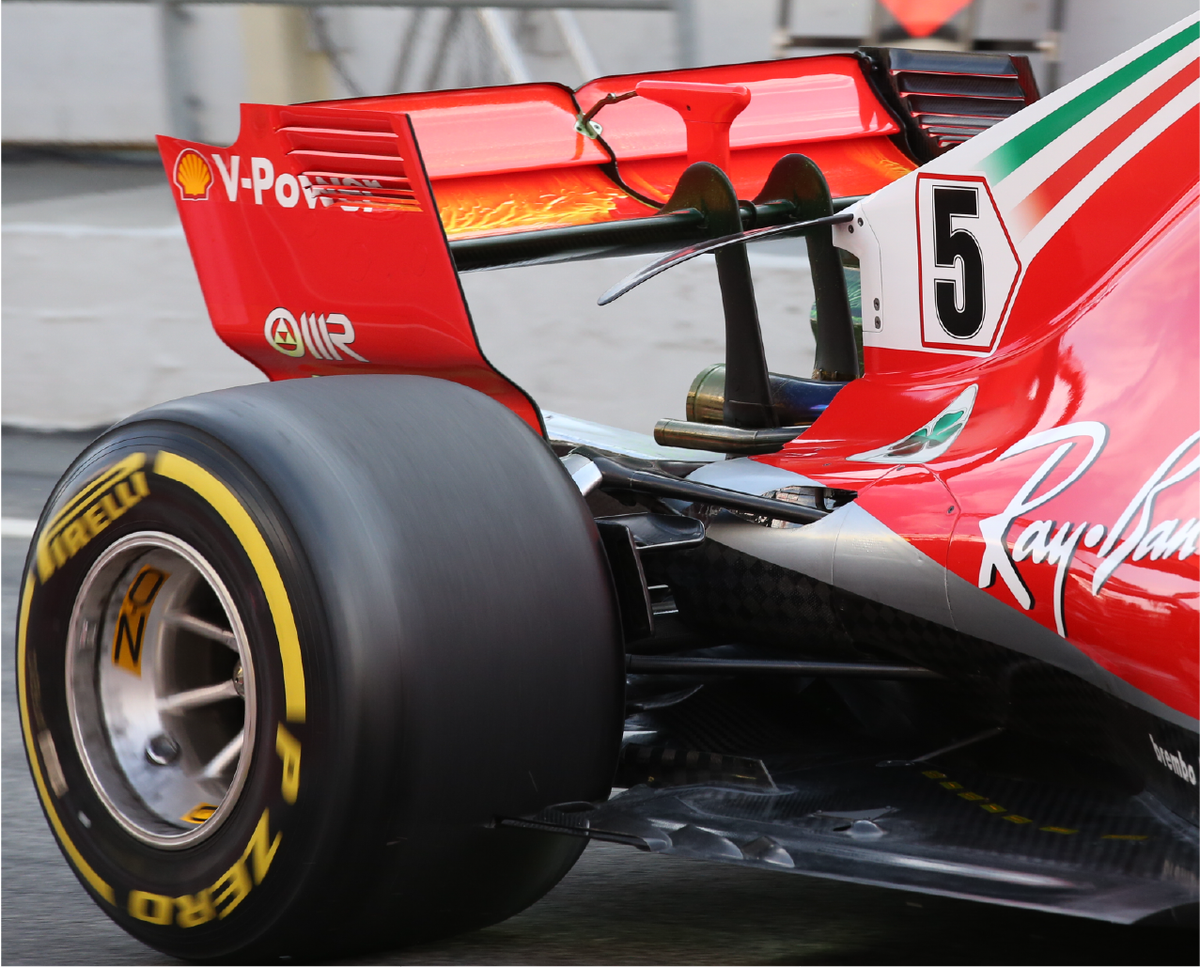
Via @RacecarEngineer



Firstly you are not going to see specifically the Ferrari wing mirrors as the paper was written in 2014. It agrees by showing that by flowing air around the mirror you reduce drag and decreases downstream turbulence.paddyf1 wrote: ↑28 Feb 2018, 12:53How does it tend to agree? There is no mention of the ferrari wing mirrors in there,if you put a hole in anything its going to reduce the drag, drag loss if any is an added bonus in what they are really trying to do, in my humble opinion.graham.reeds wrote: ↑28 Feb 2018, 03:54This paper tends to agree
Low Drag Automotive Mirror Using Passive Flow Jet Control
Vacuum is extreme low pressure, turbulent wakes are always low pressure. That's what reduces drag of the following car.
Yes, I just want to point that I'm surprised how steep the ange is







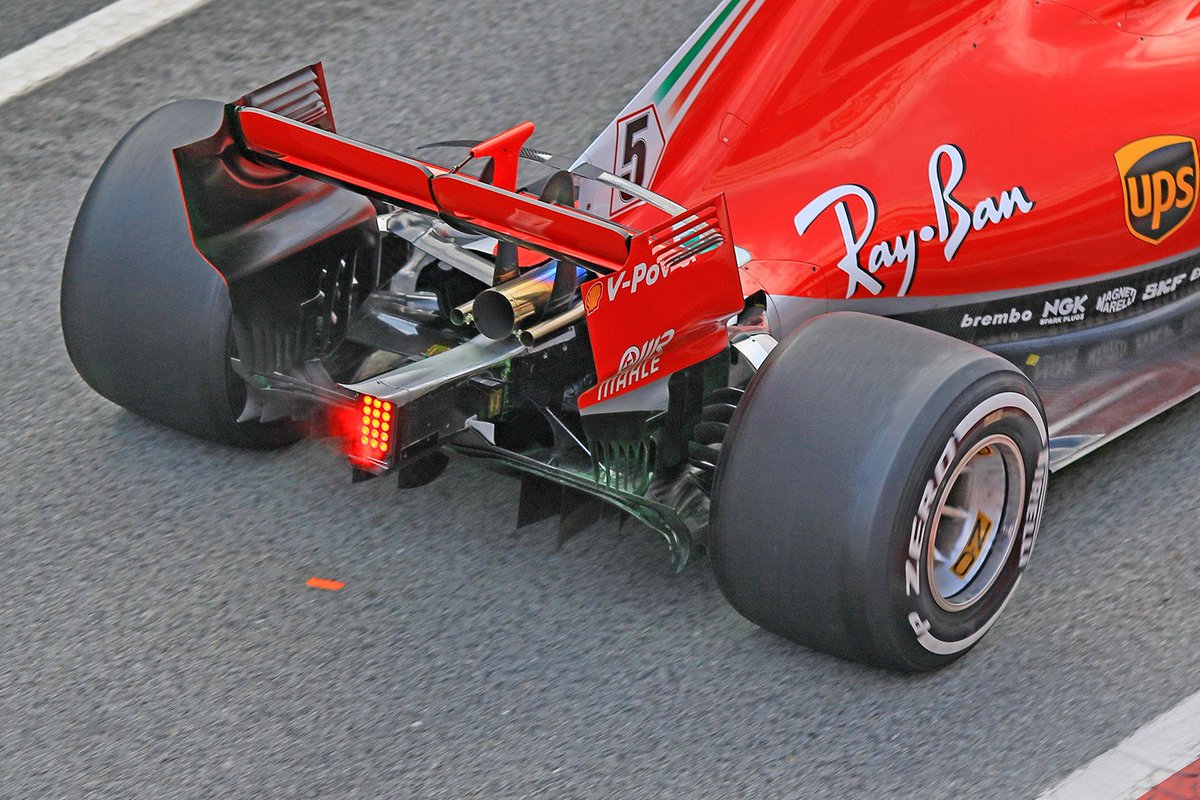
Why? It has got nothing to do with this Ferrari.. ?manchild wrote: ↑01 Mar 2018, 03:23Mirrors are hollow, with internal cone fairing that actually holds the mirror plate and acts as air splitter/conditioner (black CF cone you see on closeup pics). The air they pick up goes trough branches via chassis into sidepods, thus reducing the drag from mirrors. They were invented 8 years ago by a forum member Downforce and presented on this very forum. http://www.f1technical.net/forum/viewto ... 05#p160705
This leads us even further, 12 years ago, when I suggested that branches and mirrors could be used as ducts/chimneys, for extraction of hot air from the sidepods, thus decreasing their drag.
http://www.f1technical.net/forum/viewto ... 038#p16038
Since this post is purely technical and directly topic-related, I expect it to remain undeleted.
I've descrbied exactly the mirrors on this Ferrari SF71H and their background. It's not my problem that some can't figure out the obvious function of these car parts or even their shape.

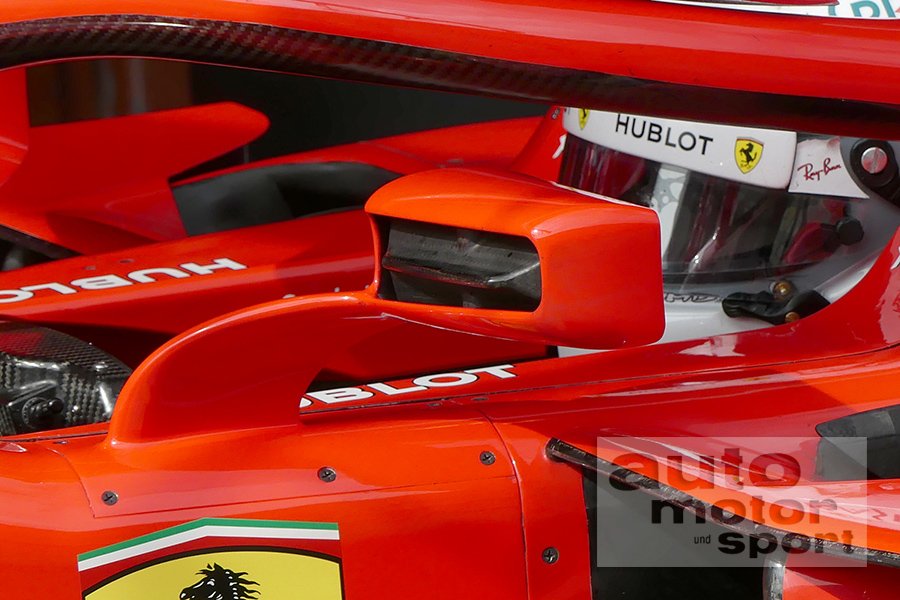
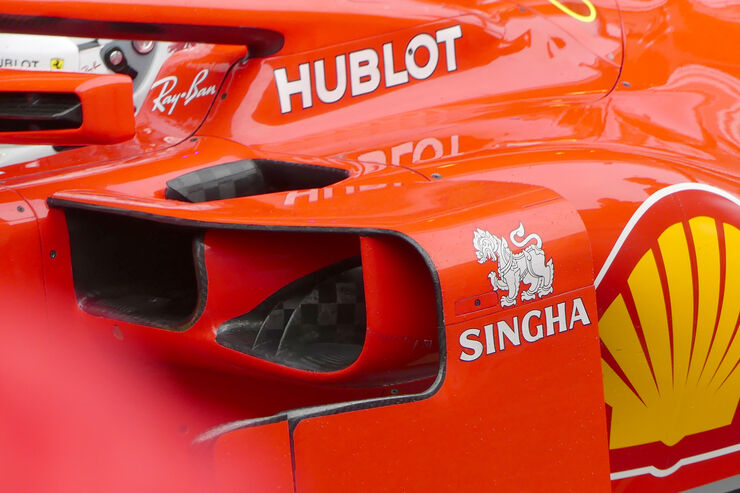
Indeed. I accept that I was wrong when it matters who invented them.
